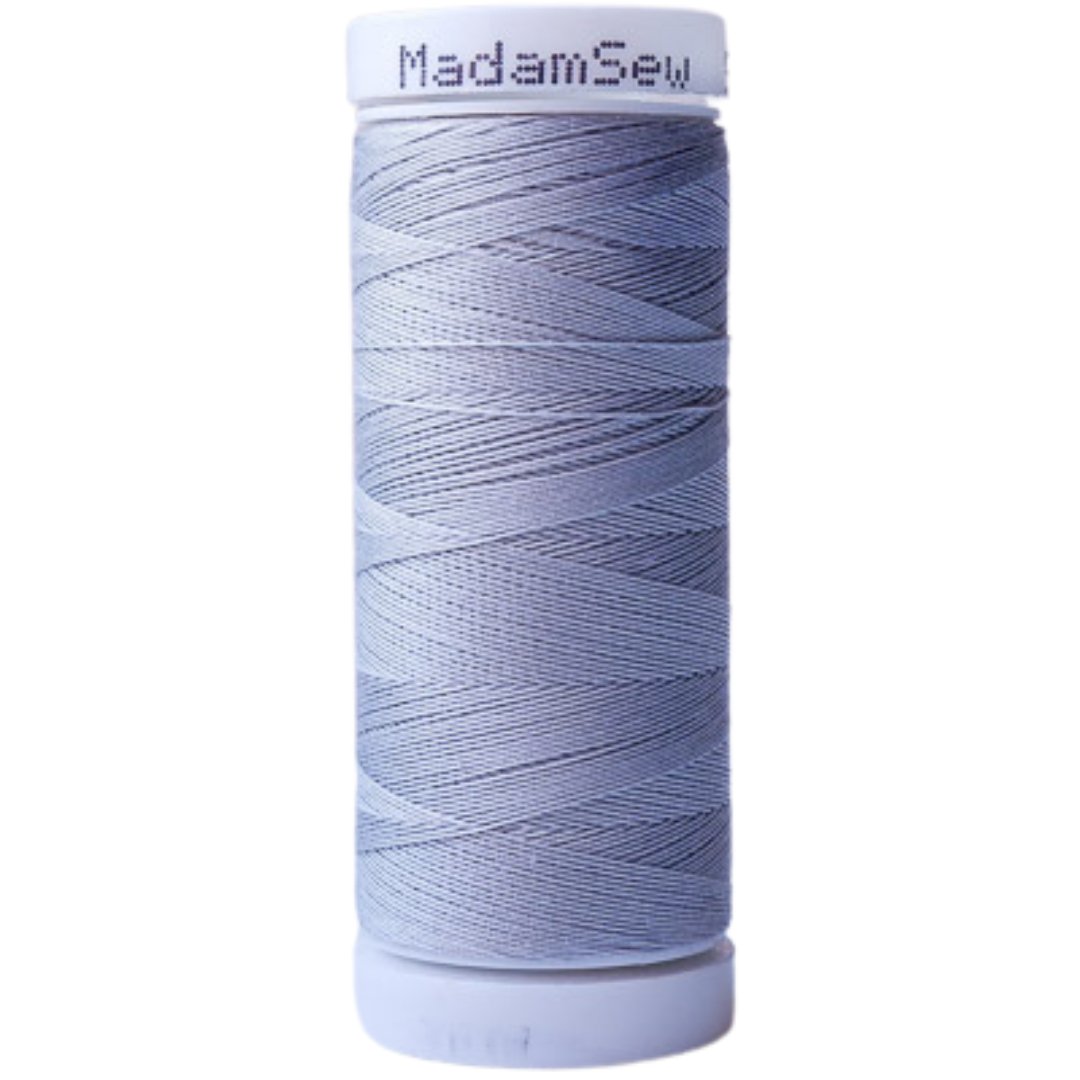Seamlessly Smooth Sewing Hack
If you are like most of us…you want to find a use for EVERY little bit of fabric you have. But what can you do with tiny fabric pieces if you are a sewer and not planning to quilt?
Every sewer and quilter could benefit from this hack that helps you keep the sewing going seamlessly and smoothly. And the best thing…you only need tiny fabric scraps!
As we sew, we start and stop at the beginning and end of each project piece, raise the presser foot and cut the threads to release the sewn pieces from the machine. By the time you have sewn all of your project pieces together, you can end up having a lot of long threads to clean up. It is not a big deal but it is a bit thread-messy and time-consuming.
In addition to all the threads, raising and lowering the needle and presser foot at the beginning and end of each project piece creates wear and tear on your machine. This wear and tear can end up shortening the life of your machine parts.
In order to cut down on both of these issues, begin by sewing on a small fabric scrap. Doing this will also allow you to check how your stitches look before you start sewing on your actual project.
Place the fabric scrap under the presser foot and sew to the end of the scrap. Then, sew a few extra stitches before feeding your project piece under the presser foot. You will have a few stitches between the scrap piece and the project piece.
If required, backstitch (reverse stitch for two or three stitches over previous stitches) after you start sewing on your project piece. Sew forward to continue sewing the seam…as you near the end of the piece, backstitch again (if required). Then, stitch forward past the end of the project piece by a couple of extra stitches. Take another small fabric scrap and sew right onto it.
Sew almost to the end of the scrap piece but not off of it. Leave the needle and presser foot down, snip the threads between all three fabric pieces and you are ready to sew your next seam using the same process. Continue using the same two small scraps throughout your project so that you don’t have to raise and lower your presser foot.
You will notice that as you continue to sew on the scraps, an interesting texture is created on the fabric. You can save those “textured” scraps to use on a different project as a way to add dimension to it.
Right now, you may be asking yourself, “Why not just chain stitch?” Chain stitching is an assembly line style of sewing used to continuously sew multiple pieces together while making a quilt. It saves time as you just feed the fabric through without stopping and starting. This hack is basically the same process, but it is not one many people use while sewing clothing or other non-quilting projects.
Not convinced yet? Give this simple technique a try. I hope you will soon see the benefits of saving time and wear and tear on your sewing machine while sewing seamlessly and smoothly right to the end of your project.
Angela - Blogging for Madamsew.com
Bio: Angela began sewing at the age of seven. She is a sewist and a quilter. Five years ago, after retiring from teaching, she opened a small sewing school and began giving lessons to children and adults. This was the perfect way to combine two passions….“It is so enjoyable to share the joy of sewing with others.”


















11 comments
Thank you for the nudge to waste less thread and a way to combine two of my passions, sewing and the environment. As someone who want to put as little plastic as possible into the environment, your tip will have me using wasting less of the polyester thread.
Ive been sewing since I was 4 but never got to learn the skills of quilting I have learned many skills to create many things from scraps and out worn garments
Strange but I have an Elna that I bought in 1973 and have sewn thousands of yards of fabric on it. I have not used this hack and although the machine has finally bit the big one, the presser foot and all attached are fine. I am now using it for parts for the other Elnas I have picked up along the way as they have not been made for several decades. I have to assume the newer machines do not fare as well?
good tip, practical, I will definitely use!
Thanks for this—I’m going to try it. I hate the amount of thread I seem to waste each time I sew a seam.
P.S. I’m assuming that Angela has a “sewing” school, not a “swing” school? :))